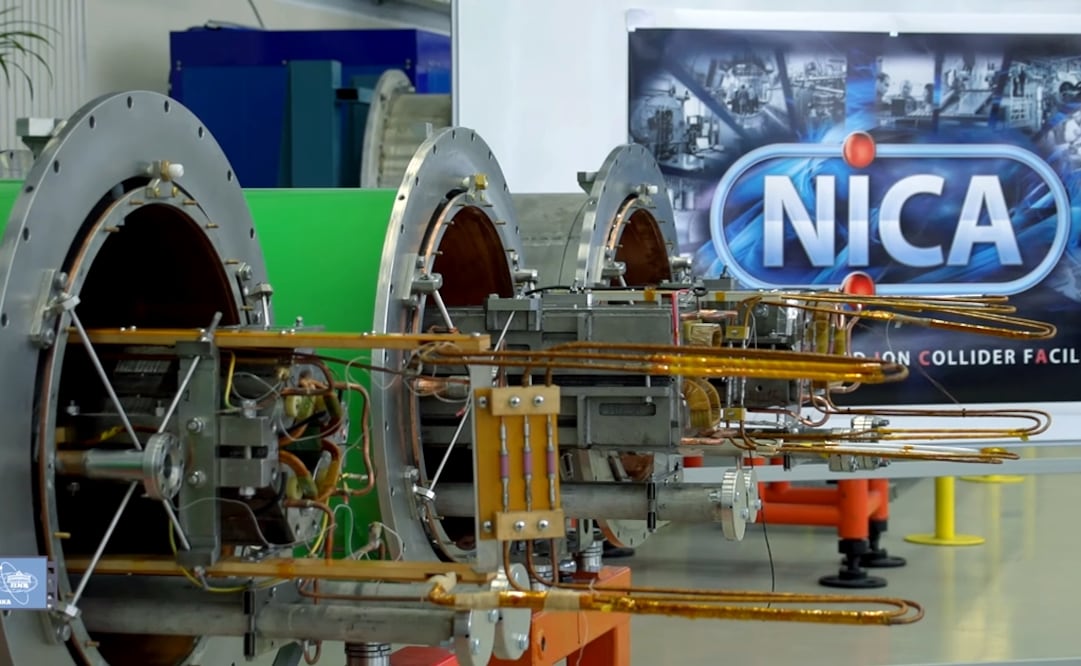Más Información

FGR investiga caja negra del Tren Interoceánico y concluye necropsias; despliega peritos en 13 especialidades

A 50 días del Plan Michoacán, detienen a 278 personas; realizan recorridos a empacadoras e industrias cítricas

Prueba piloto para afiliar a trabajadores de plataformas digitales aún no termina, explica IMSS; acciones continúan, dice

Detienen y vinculan a proceso Alejandro Baruc “N” en Uruapan, Michoacán; podría estar relacionado con el asesinato de Carlos Manzo

Emiten alerta en seis estados por robo de cilindro con gas cloro; advierten por alto nivel de toxicidad
Alejandro Ayala Mercado
, an investigator from the High Energy Physics Department at the Nuclear Sciences Institute of Mexico’s National Autonomous University (UNAM) is leading Mexico’s collaboration in the Multipurpose Detector experiment (MPD), which aims to study the physical properties of nuclear matter under extreme conditions.
The MPD is an international science project organized by the Nuclotron-based Ion Collider Facility (NICA) . It will consist of taking heavy atoms and bringing them to velocities nearing the speed of light to make them collide. This type of collision allows elementary particle physicists to study the properties of the elementary constituents of matter.
The NICA collider is currently being built at the Joint Institute for Nuclear Research (JINR) laboratory, in Russia. It is expected to become operational in 2021.

Mexico’s scientific collaboration ( MexNICA ) has been present since the early stages of the project, which is why it is part of the executive board.
Avala Mercado explained that Mexico’s contribution to the project consisted of the development of a detector sensitive to the passing of the particles produced during the violent collisions of heavy cores, which will help scientists assess the properties of nuclear matter when subject to an imbalance between the amounts of matter and anti-matter.
Six higher education institutions are currently participating in the project: UNAM, the Meritorious Autonomous University of Puebla (BUAP), the Autonomous University of Sinaloa, the Center for Research and Advanced Studies of the National Polytechnic Institute (IPN), and the universities of Colima and Sonora .
Scientists from China, Russia, Germany, Poland, Hungary, Albania, Belarus, Bulgaria, France, and the United States are also participating in the project.
dm
Noticias según tus intereses
[Publicidad]
[Publicidad]










